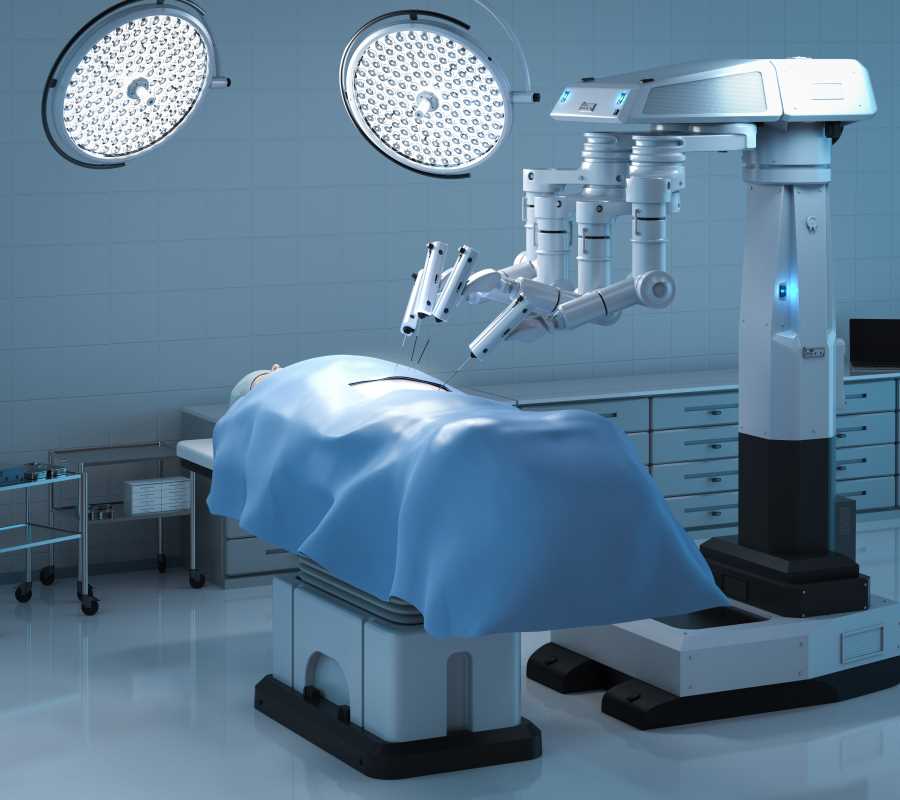Antidepressants are well-known medications for treating mental health conditions like depression and anxiety. Many of these drugs, however, have additional uses that go beyond mental health. Some antidepressants are used to manage chronic pain, assist with sleep disorders, or even treat digestive issues. By targeting brain chemicals like serotonin and norepinephrine, these medications offer benefits that extend far beyond their original purpose. Let's talk about six antidepressants commonly prescribed for non-mental health conditions, their primary mechanisms, and how they bring relief to a range of physical symptoms.
1. Amitriptyline
Amitriptyline is one of the older antidepressants in the class of tricyclic antidepressants (TCAs). It was originally developed to treat depression, but it is now more commonly used for its ability to manage chronic pain conditions.
Primary Uses in Non-Mental Health Conditions
- Chronic Pain Management: Amitriptyline is particularly effective for treating neuropathic pain, such as that caused by diabetic neuropathy or shingles.
- Migraines: Low doses are often prescribed for migraine prevention, helping reduce both the frequency and severity of attacks.
- Irritable Bowel Syndrome (IBS): By moderating pain signals within the gut-brain axis, amitriptyline can alleviate abdominal discomfort and improve IBS symptoms.
How It Works
Amitriptyline increases serotonin and norepinephrine levels in the nervous system, which can improve the body’s ability to regulate pain signals. These effects occur at much lower doses than those used to treat depression, making it an effective option for non-mental health applications.
Key Considerations
Fatigue and dry mouth are common side effects of amitriptyline. These can sometimes be managed by adjusting the dosage or timing of the medication.
2. Duloxetine (Cymbalta)
Duloxetine is a serotonin-norepinephrine reuptake inhibitor (SNRI) that has uses far beyond treating depression and anxiety. Its dual action on serotonin and norepinephrine pathways makes it a versatile option for managing multiple health conditions.
Primary Uses in Non-Mental Health Conditions
- Fibromyalgia: Duloxetine is FDA-approved to treat the widespread pain and tenderness associated with fibromyalgia.
- Chronic Back Pain and Osteoarthritis: Many patients experience significant pain relief when using duloxetine for musculoskeletal conditions.
- Diabetic Peripheral Neuropathy: This drug helps alleviate the burning, tingling pain often caused by nerve damage in diabetes.
How It Works
By boosting serotonin and norepinephrine, duloxetine reduces the intensity of pain signals sent to the brain. This modulation helps lower the perception of pain, offering relief to patients with long-term conditions.
Key Considerations
Nausea and dizziness are potential side effects during the early stages of treatment, but these typically subside over time.
3. Fluoxetine (Prozac)
Fluoxetine is one of the most widely recognized selective serotonin reuptake inhibitors (SSRIs). While its main role is treating depression and anxiety, it has other surprising uses in physical health.
Primary Uses in Non-Mental Health Conditions
- Premenstrual Dysphoric Disorder (PMDD): Fluoxetine helps reduce mood swings, irritability, and other physical symptoms of severe premenstrual syndromes.
- Eating Disorders: It is often prescribed for conditions like bulimia nervosa, where it reduces binge-eating and purging behaviors.
- Hot Flashes in Menopause: Some studies have shown fluoxetine to be effective in managing hot flashes for women going through menopause.
How It Works
Fluoxetine increases serotonin levels in the brain, which improves mood regulation and reduces the intensity of physical symptoms linked to hormonal imbalances or emotional distress.
Key Considerations
Fluoxetine may cause insomnia or restlessness. Starting at a lower dose under medical supervision can help ease these side effects.
4. Sertraline (Zoloft)
Sertraline is another SSRI that has found a place in treating several non-psychiatric conditions. It is well-tolerated and often prescribed when other options fall short.
Primary Uses in Non-Mental Health Conditions
- Premature Ejaculation: Sertraline can delay ejaculation, making it a widely prescribed off-label treatment for this condition.
- Post-Traumatic Stress Disorder (PTSD) with Physical Symptoms: It helps blunt the physical hyperarousal symptoms like rapid heart rate or excessive sweating often linked to PTSD.
- Chronic Pain Syndromes: Sertraline, in some cases, is used to complement other medications for pain management.
How It Works
Sertraline targets serotonin reuptake, enhancing its availability in the brain. This action soothes mental health symptoms and reduces physical hyperreactivity.
Key Considerations
This medication may initially cause gastrointestinal discomfort, though symptoms usually improve within a few weeks of consistent use.
5. Venlafaxine (Effexor)
Venlafaxine is another SNRI with far-reaching applications in treating medical conditions that extend beyond mental health. Its ability to influence both serotonin and norepinephrine pathways makes it particularly effective in managing physical symptoms.
Primary Uses in Non-Mental Health Conditions
- Chronic Nerve Pain: Venlafaxine is effective for conditions like peripheral neuropathy and spinal cord injury-related pain.
- Hot Flashes: Women experiencing menopause may benefit from venlafaxine’s ability to reduce the frequency and severity of hot flashes.
- Tension Headaches: The drug can alleviate the physical tension and discomfort associated with chronic headaches.
How It Works
Venlafaxine strengthens the pathways that regulate mood and pain. By stabilizing these systems, it diminishes pain perception and other physical symptoms.
Key Considerations
Patients transitioning off venlafaxine must taper the dosage gradually to avoid withdrawal-like symptoms, such as dizziness or irritability.
6. Nortriptyline (Pamelor)
Nortriptyline, like its tricyclic sibling amitriptyline, is a versatile medication often prescribed for pain management and other physical conditions.
Primary Uses in Non-Mental Health Conditions
- Chronic Neuropathic Pain: It is a preferred option for hard-to-treat nerve pain, including conditions like trigeminal neuralgia.
- Bladder Pain Syndrome (Interstitial Cystitis): Nortriptyline is sometimes used to reduce pain and improve urinary symptoms in patients with this condition.
- Migraine Prevention: Its ability to stabilize pain pathways makes it a valuable preventive measure for migraines.
How It Works
Nortriptyline blocks pain signals in the nervous system, offering an effective solution for patients with debilitating physical symptoms. Lower doses are typically sufficient for these purposes.
Key Considerations
Side effects like drowsiness and dry mouth are more common at higher doses, but these symptoms are often manageable with dose adjustments.
 (Image via
(Image via





